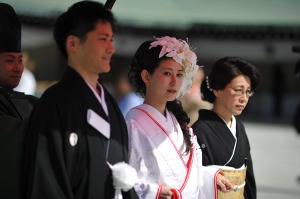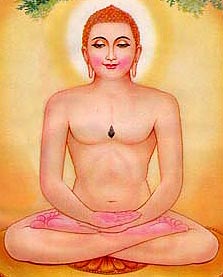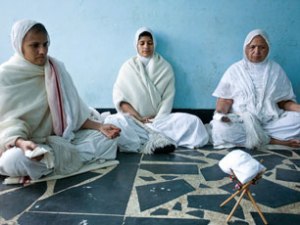 It’s largely debated that Disney princess Mulan was Shinto, a spiritual religion centered on communication with helpful spirits. While Mulan is Chinese, many aspects in the movie point to Shintoism. The movie even depicts the family’s personal shrine where she goes to pray to them for safety before she joins the war.
It’s largely debated that Disney princess Mulan was Shinto, a spiritual religion centered on communication with helpful spirits. While Mulan is Chinese, many aspects in the movie point to Shintoism. The movie even depicts the family’s personal shrine where she goes to pray to them for safety before she joins the war.
Shinto is an ethnic and spiritually bound Japanese religion that emphasizes the communication between living humans and spirits. The religion centers on the connection between present day Japan and ancient Japan. The name Shinto is derived from the Chinese characters for Shen meaning the divine being and Tao which means the way of the spirits. Ritual is central to the Shinto religion and visiting shrines is popular among followers especially around the Japanese New Year. There is no founder of the religion and there are no Gods to be worshiped. There is also no central text, although Shintoism does teach a set of ethical principles for worshipers. Shintoism is also very much a local religion. There is not much missionary work and the religion revolves around the idea of local worship. Followers might even have small shrines in their homes. Shinto has been viewed as a Japanese faith that has influenced culture for more than 2000 years.
followers especially around the Japanese New Year. There is no founder of the religion and there are no Gods to be worshiped. There is also no central text, although Shintoism does teach a set of ethical principles for worshipers. Shintoism is also very much a local religion. There is not much missionary work and the religion revolves around the idea of local worship. Followers might even have small shrines in their homes. Shinto has been viewed as a Japanese faith that has influenced culture for more than 2000 years.
Shintos call the spiritual beings they connect with kami. The work kami can be translated to “spirits” in English, but it is important to note that the Japanese version of the world also incorporates the spirits of landscapes, elements and nature. Shintos believe that kami are spirits that have passed on who are still interested in human beings and communicating with us. Kamis are not Gods, but they can be prayed to and should be treated with respect. Shintos believe that if kamis are  properly respected they can help us and bring us good benefits like A’s on final exams. Kamis have the ability to influence nature and human lives in order to bring us happiness.
properly respected they can help us and bring us good benefits like A’s on final exams. Kamis have the ability to influence nature and human lives in order to bring us happiness.
There is no concept of sin in Shintoism and it is believed that all humans are basically good. Most followers of Shintoism are devoted to the emphasis of goodness in a man’s life.
One important aspect of Shintoism is purity. Shintos believe that all humans are born pure and that humans collect “badness” over time. The human can get rid of the impurity in their life through purifying rituals. The most common purifying agents are water and salt. The purification takes place at the beginning of the ceremony when the hands and face are washed. The priest then uses a haraigushi, a ‘purification’ want over the person completing the purification. Many Shintos perform these purification in large groups, especially at the beginning of a new year.
The Shinto shrine called a jinja is a sacred place where the kami live. Every town has its own kami and a shrine dedicated to it. There is always a Shinto shrine in town for public worship, but many Shintos also have private shrines. Shrines do not have to be buildings, they can be anywhere, but they must be special to each kami. There is no obligation to visit the shrine. Shintos visit the shrines during festivals and whenever they feel that they should. Often they visit shrines during time of need to ask the kamis for assistance.
also have private shrines. Shrines do not have to be buildings, they can be anywhere, but they must be special to each kami. There is no obligation to visit the shrine. Shintos visit the shrines during festivals and whenever they feel that they should. Often they visit shrines during time of need to ask the kamis for assistance.
Shinto weddings do exist, however, they are very unpopular with only 20 percent of Shintos participating. The standard Shinto wedding is small, involving family and close friends. The bride wears a white kimono and a white scarf to symbolize purity. The wedding begins with a purification followed by prayers to the kami for the couple. The couple takes three sips from three different cups and read their commitments to each other.
The Shinto concept of baptism is called Hatsumiyamairi. The newborn is taken to the shrine by the grandmother and prayers are recited.
In Shintoism, death is seen as impure. Shinto funerals do not usually occur. The dead are handled by the laypeople who bury the body in a cemetery. Shrines and cemeteries will never be found near each other in Japan.
















